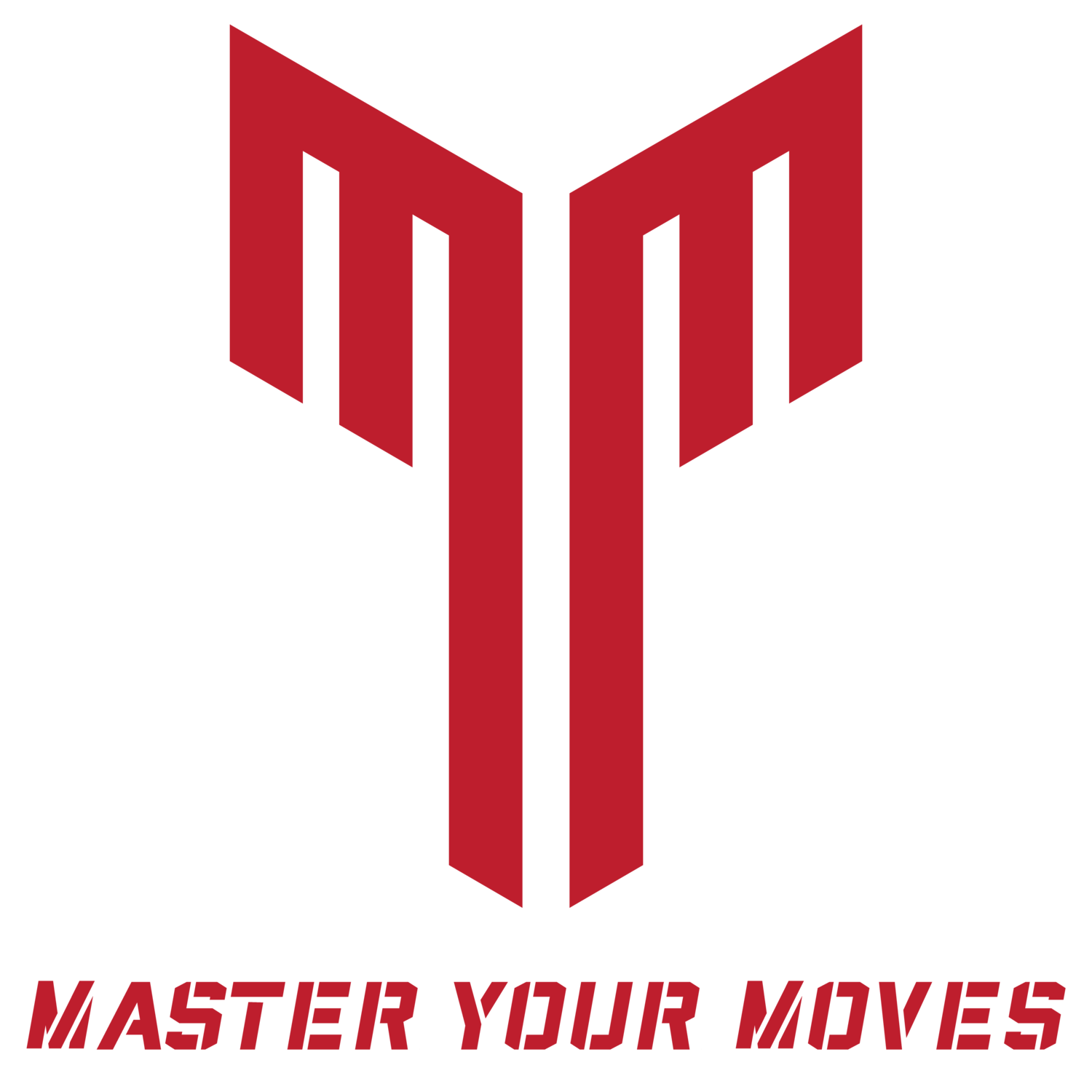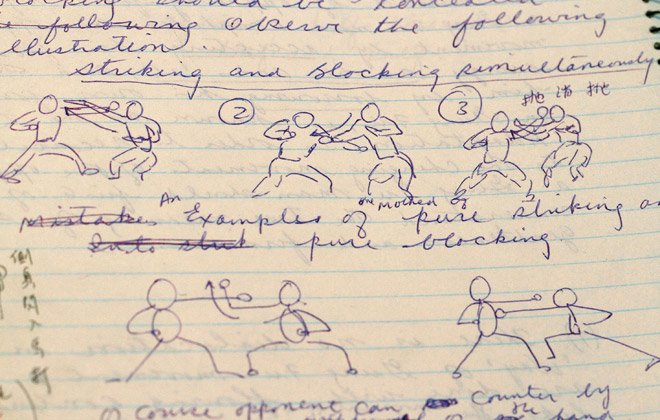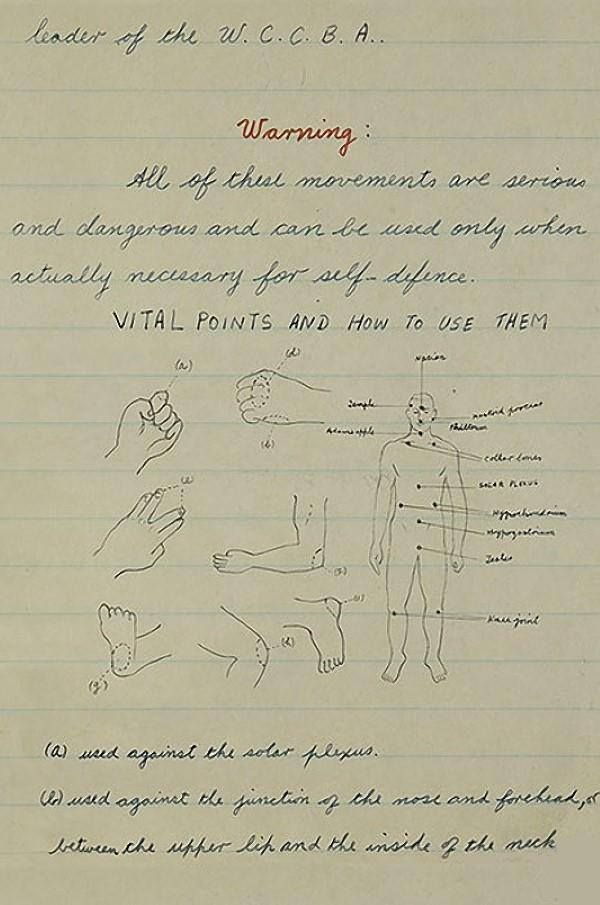3 Ways Journaling Can Lead to Mastery
Source: https://brucelee.com/podcast-blog/2018/10/17/120-letter-to-pearl; copyright owned by Bruce Lee Estate
Imagine if there was ONE thing you could do starting TODAY that would put you on the path to mastering your art, style, or sport.
And that if you did this one thing, not only would you know all of your techniques, you’d be able to use them effectively, too.
And all it would take is 10-15 minutes of your time.
You’d do it right?
Of course, you would! That’s a no-brainer because you want to succeed in martial arts. This is true whether “success” to you means winning in competitions or teaching one day or realizing your fitness goals or just feeling confident in the streets.
Well, the ONE thing you can start doing today for your training is JOURNALING. Journaling is the act of writing down in a notebook or journal what you have learned, as well as, your thoughts, observations, feelings, inspirations, motivations, and data about it. Professional athletes in all sports, from Tom Brady (football) to Serena Williams (tennis) to Michael Phelps (swimming) to Dan Jansen (speed skating), have been known to take notes as a way to become better physically, emotionally, and mentally. The same holds true for martial artists. Consider that none other than martial arts master and innovator, Bruce Lee, also kept a journal.
Source: https://www.staradvertiser.com/2014/10/10/features/getting-to-know-bruce/; copyright owned by Bruce Lee Estate
The 3 Ways Journaling Can Help You Master Your Art
Ok, so you’re convinced that journaling can help you in martial arts.* So what are the 3 ways journaling helps you do this?
The 3 ways to journal so you can master your art requires you to take notes of your (1) Motivations and Goals, (2)Techniques and Drills, and (3) Data and Feedback.
Motivation and Goals
So much of what we learn and do is impacted by our motivations and purposes for learning it. Simply speaking, the more motivated you are to do something, the more willing you are to stick through with it. When you first start anything, your motivation level is extremely high and that’s great. But after time passes and the difficulties increase, it’s easy to lose that initial fire.
So, If you write down your motivations for training, from the beginning, you will keep that motivation present in your mind. And then when the fire dims, you can reignite it by reading what you had written down. Furthermore, your motivations will change over time and you should update them as you progress in your training.
You can also take your motivations and turn them into mantras for yourself. These mantras can help you focus when you need to give yourself a pep talk.
Along with motivations, you should write down your goals. If you write down concrete and realistic goals, you will have measurable outcomes you can assess yourself with. And the beauty of it is that no matter how far you advance, you can always update your goals to continue to challenge and assess yourself.
Techniques and Drills
A notebook or journal is great for collecting your notes on techniques and drills. The beauty of writing down what you learned is that the act of writing gives your brain another opportunity to recall and memorize it. This is a form of skill retention. So if after class you write down the drills and techniques, you are mentally going over the class again. This gives your brain and body another opportunity to absorb the lesson.
An additional benefit is that once you’ve written it down, those notes are accessible to you whenever you want to review them, whether it’s for a test, competition, solo-training, or because you’re traveling or injured,.
Lastly, you may be called to teach one day, and when you do, those notes on techniques and drills will come in handy to help you prepare your class.
Data and Feedback
One of the benefits of being a modern-day martial artist is that you can collect data about yourself to improve your skills and results like never before. You can track not only your weight, BMI, heart rate, and strength & conditioning stats but, also your arm reach (for strikers), leg reach (for kickers), the amount of strikes, takedowns, submissions you attempt and land in a round of fighting, your W-L records, and more. In collecting and analyzing this data, you can determine what is working for you and what you need to improve. This is especially important if you are or want to be a professional fighter.
Just as important as your goals and motivations, the feedback you get from your coaches, teachers, instructors, and peers, as well as, from yourself will be instrumental in your path to mastery. Writing down the EXTERNAL observations you receive from coaches, teachers, peers, etc. will help you make corrections and adjustments so that you can do it better next time. It will also be the result of your support network that you can count on to succeed. Similarly, writing the INTERNAL observations you make from within will help you understand your body and emotions in training. This knowledge of self will deepen and strengthen your confidence and allow the martial arts to be a path to not only mastering your art, but also your SELF.
The beauty of journaling is that you can start doing it TODAY and reap all of the benefits that comes with it. These are 3 great ways to journal that will benefit you, so just do it. All you need is a pen and paper to start. To keep your notes in place, I recommend our notebooks, specially designed for martial artists.
So get started TODAY, and at a minimum, WRITE:
what you learned in class,
how you felt about it,
what your long- and short-term goals are, and
what personal motivations or mantras inspire you.
*As a general rule, I recommend that you should ask your coach or instructor if you can write notes during a session or class. If they say no, it’s ok. Just write your notes after you finish or later that day.
*******
These tips are part of the Master Your Moves (MYM) Method, a system of learning based on neuroscience, sports psychology, and practical experience to help you be the best performer in martial arts. Designed for beginners and applicable to all martial arts from Boxing, Brazilian Jiu Jitsu, Judo, Muay Thai, MMA, Karate, Taekwondo, Jeet Kune Do, Wrestling, and more! To learn more about the MYM Method, go here. To get the latest news and updates on MYM content, products, and events, subscribe here. Get these useful tips and spread the word.
Follow / Like / Subscribe: Twitter * Instagram * Facebook * YouTube * Reddit
Source: https://www.theguardian.com/film/gallery/2013/jul/19/bruce-lee-treasures-martial-arts-in-pictures; copyright owned by Bruce Lee Estate



